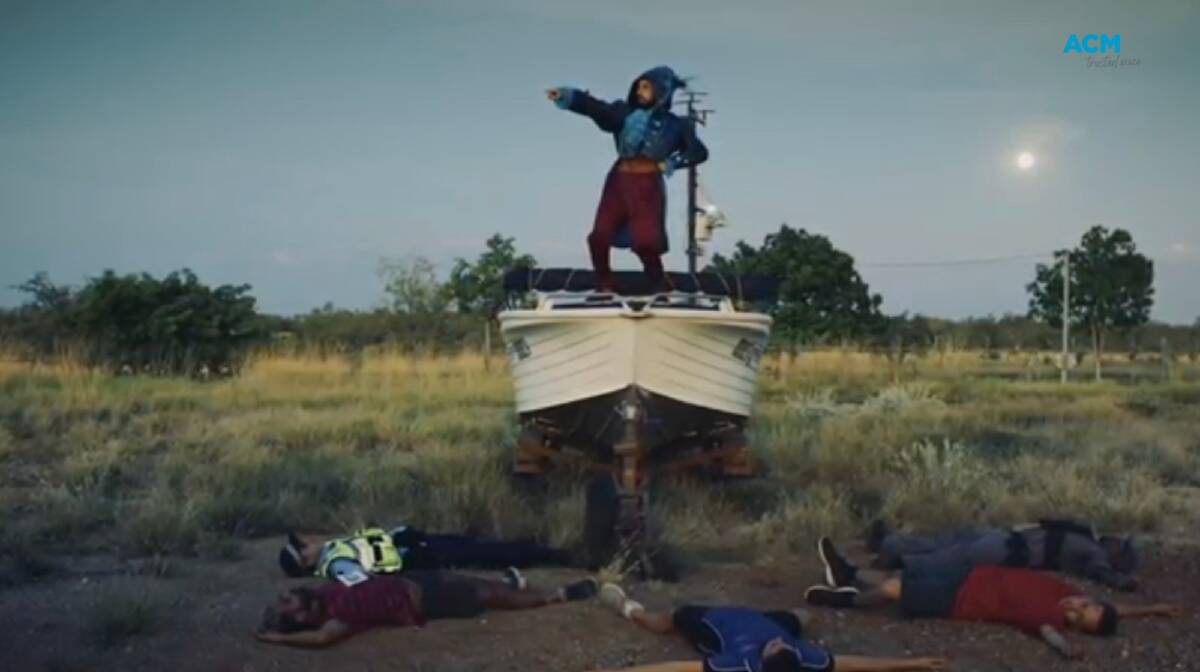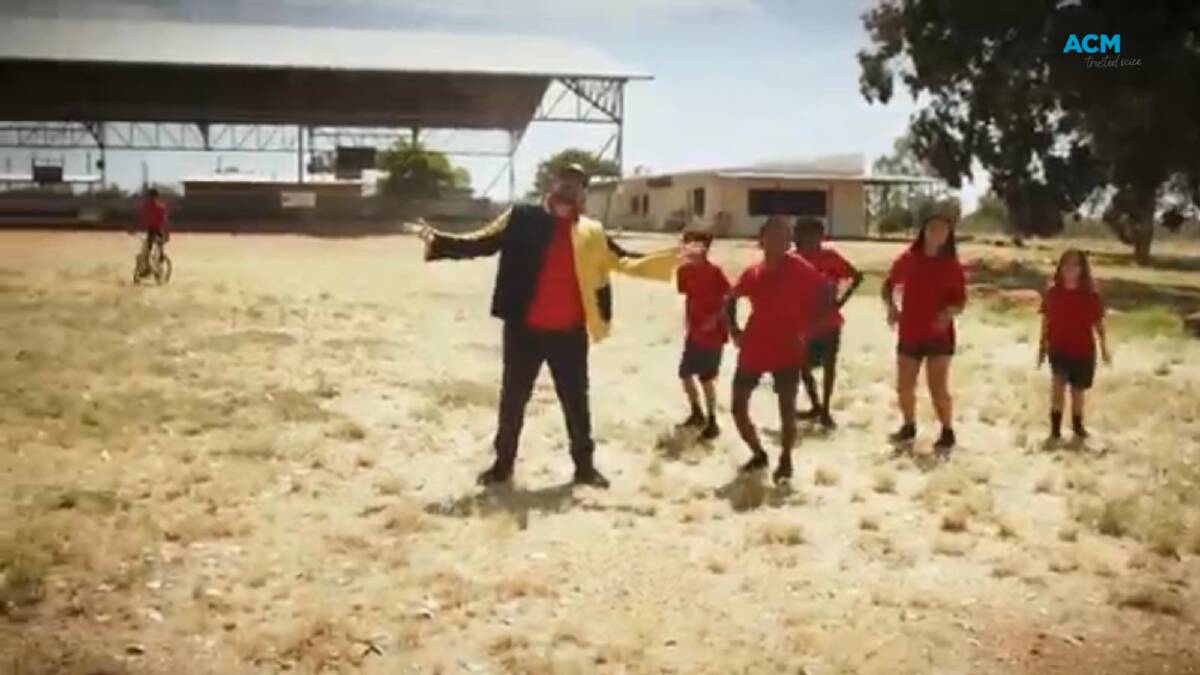A homegrown music video paying homage to Childish Gambino's hit "This is America" has highlighted Australia's institutional and cultural injustices.
Subscribe now for unlimited access.
or signup to continue reading
Indigenous intercultural dance company, Marrugeku, followed Childish Gambino's hit song "This is America" with "This is Australia".
The clip was uploaded to YouTube and references the original 2018 clip with long panning shots of dances depicting violence and abuse.

The video was released to coincide with the United Nations Human Rights Day and to feature in broader discussions about Australia Day in the lead up to January 26.
A string of countries have done the same, with versions from Iraq, Sierra Leone, Nigeria, Barbados and Malaysia each demonstrating the human rights issues in their countries.
ACM spoke to one of the project's directors, Rachael Swain, about her experience making "This is Australia".
GRAPHIC CONTENT WARNING FOR VIDEO BELOW
Ms Swain said Marrugeku joined the global project as an extension of their work exploring "Australia's capacity to lock-up that which it fears".
"And that's a twin response -- in both our terrible Indigenous incarceration rates and the locking up of refugees on prison island," she said.
Marrugeku's version includes visual and lyrical statements about racial abuse, police violence, immigration detention and brutality in juvenile justice facilities.
This is Australia, Look how Im killing ya, Locking your children up, Filling my prisons up
- Beni Bjah for Marrugeku
The music video, fronted and written by Noongar rapper Beni Bjah, follows the same format as Childish Gambino's, with dancers playing recognisable cultural archetypes.
Marrugeku's dance adapts Sherrie Silver's MTV best choreographer award-winning routine with Australian cultural dance references.
IN OTHER NEWS:
"It's an interpretation from an Australian point of view, co-created by Jurrungu Ngan-ga cast members with director Dalisa Pigram," she said.

The video has five long shots, which called for pinpoint accuracy to coordinate choreography, props and staging - all filmed in the heat of the Kimberley sun.
Shooting took place during a COVID-19 infection wave, causing some of the local extras to pull out of filming.
"We would rehearse and film the shot in one session and we took about three hours to do each one," Ms Swain said.
"You really just had to make it with whoever was there on the day."


